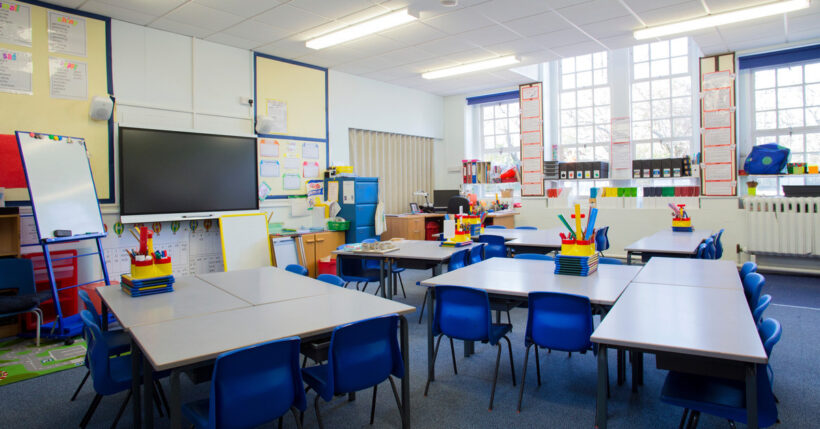Creating an inclusive environment where every student can thrive is crucial for fostering a positive and effective learning experience. An inclusive classroom benefits students with diverse needs and enriches the educational experience for all learners by promoting empathy, collaboration, and understanding. This blog post aims to provide practical tips and insights on how teachers can create a more accessible classroom.
Identifying Student Needs
To start, teachers should assess their students’ specific needs. This can involve one-on-one discussions, feedback from parents, and collaboration with special education professionals. By understanding individual requirements, teachers can tailor their approach to be more effective.
Creating a Flexible Learning Environment
Flexibility is key to accessibility. Teachers should be prepared to adjust their teaching methods and classroom setup as needed. This might include rearranging seating to accommodate wheelchairs or providing alternative assignment formats.
Utilizing Visual Aids
Visual aids are necessary for visual learners. Charts, diagrams, and wall-mounted whiteboards are essential for creating visual classrooms that help students better understand complex concepts. Teachers should use these tools to enhance their lessons and ensure that visual learners are engaged.
Providing Assistive Technology
Assistive technology can make a significant difference in an accessible classroom. Screen readers, speech-to-text software, and adaptive keyboards can help students with disabilities participate fully in class activities. Teachers should familiarize themselves with these technologies and integrate them into their teaching.
Encouraging Peer Support
Peer support can be a valuable resource in creating an accessible classroom. Encouraging students to work together and assist each other promotes a sense of community and inclusion. This also helps students develop empathy and understanding towards their peers with different needs.
Offering Extra Help
Some students may require additional support outside of regular class hours. Teachers should be available for extra help sessions or provide resources for further learning. This ensures that every student can succeed.
Creating an Inclusive Curriculum
An inclusive curriculum considers students’ diverse backgrounds and abilities. Teachers should strive to include materials and content that reflect this diversity. This not only makes the classroom more accessible but also enriches the learning experience for all students.
Regularly Reviewing Accessibility Measures
Accessibility is an ongoing process. Teachers should regularly review their classroom setups and teaching methods to ensure they meet all students’ needs. This may involve seeking feedback from students, parents, and colleagues.
Creating an accessible classroom is a vital aspect of modern education. By understanding how teachers can create a more accessible classroom, educators can ensure that every student has the opportunity to succeed. Remember, accessibility benefits everyone, and a more inclusive classroom is a step towards a better future for all students.

